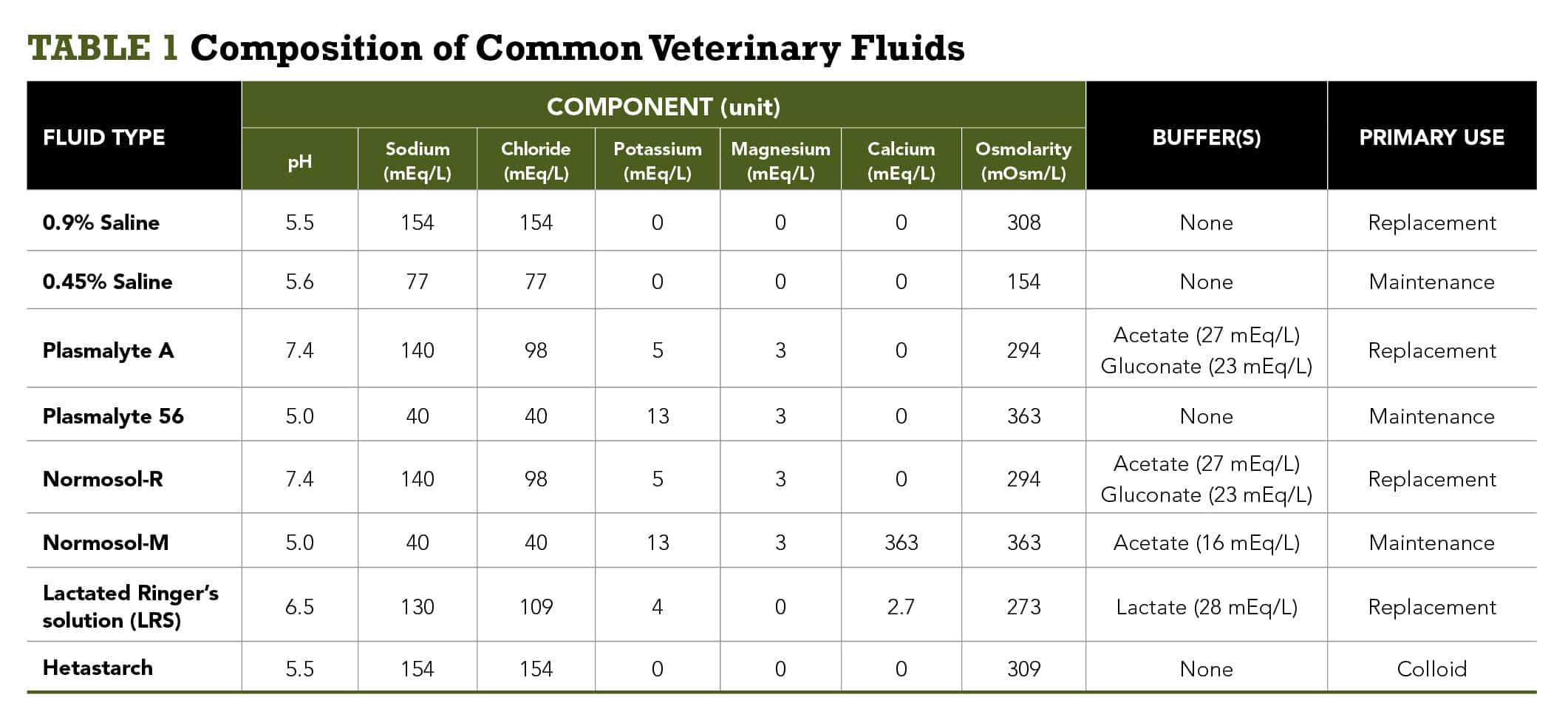Iv Fluids For Dogs Side Effects

What are some other side effects of intravenous fluids.
Iv fluids for dogs side effects. After your dog has been definitively diagnosed with chronic renal failure your veterinarian will determine whether hospitalization to initiate treatment is required. Call your doctor or get medical help if any of these side effects or any other side effects bother you or do not go away. Your dog will stay at the veterinary clinic when receiving iv fluids. With fluids most criticalists use 30 x bw in kg 70 per day or 132 x bw 0 75 per day for dogs and 70 x bw 0 75 per day for cats.
However many people have no side effects or only have minor side effects. Severely affected dogs may need to stay at the veterinary clinic to receive intravenous fluids and begin treatment for any other symptoms they might have see below. Depending on the type of fluid changes in electrolytes in the blood may also occur leading to additional side effects. In a hospital setting intravenous fluids iv through an intravenous catheter is the most common method.
Sodium chloride solution intravenous normal saline ns 1 2 ns is a prescription intravenous medication used to replenish fluids with dehydration and other medical conditions that require additional fluids. Dogs are more variable in size and your pet s veterinarian should determine the amount of fluid to be administered. Other formulas such as 2 ml kg hr 40 60 ml kg day and 1 ml lb hr are all used. All drugs may cause side effects.
The average sized cat can receive 60 150 mls of fluid at one time. Lactated ringer s solution is commonly used as an iv treatment for dehydration or acid base imbalances. What type of fluids are used for iv fluids in dogs. It s not the same as saline although the two serve similar purposes.
Keep this in mind when performing fluid therapy. Fluids can be given in a number of ways. Intravenous fluids allows a dog to get immediate treatment for dehydration. While administering iv fluids is typically safe there may be a few side effects such as.
All of these give the answer in ml per day. Infection which may develop in the area where the needle is inserted and may be due to the bacteria that are present on the dog s skin. But like all treatments iv fluids can have side effects particularly if the body receives more than it needs. Your dog can also receive fluids subcutaneously in the area just under the skin and on top of the underlying.
If the fluid in the bag appears cloudy or discolored do not administer that fluid as these types of changes commonly indicate bacterial contamination has. Lactated ringers 0 9 percent saline ringer s normosol r and plasmalyte are commonly used. Irritation or swelling where the shot was given. The infection will manifest through severe swelling redness and subcutaneous pus accumulation.
Injectable fluids come in various forms.














































